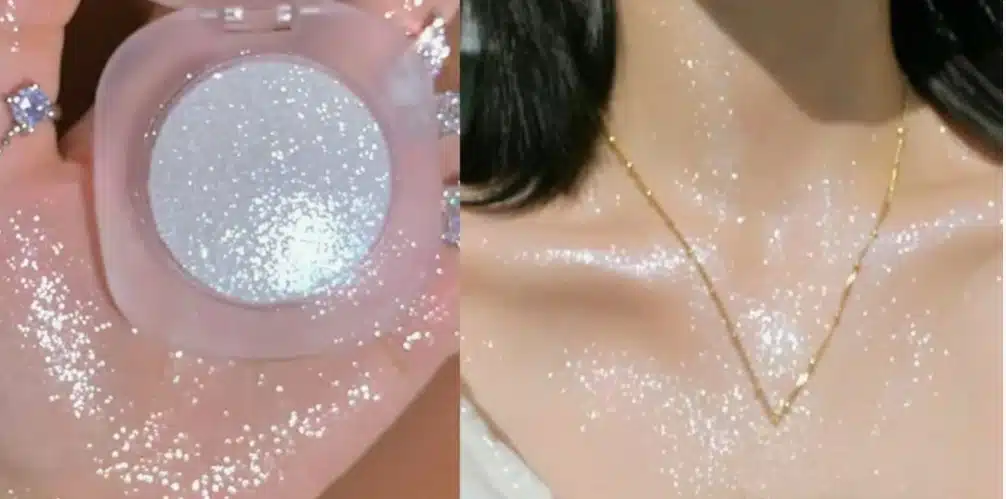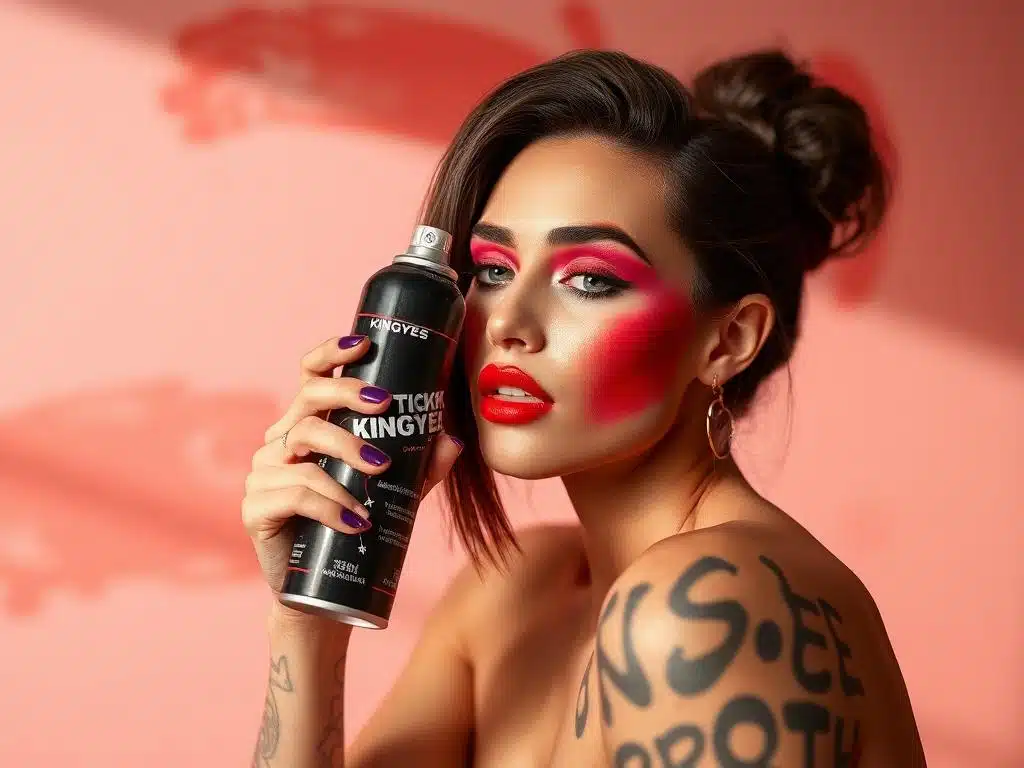
What Is Liquid Foundation Used For?
Table of Contents
In this article, we’ll explore the differences between these two types of foundation and help you choose the best one for your skin type. Keep reading to discover makeup tips that will enhance your beauty routine!
What Is Liquid Foundation?
Liquid foundation is a type of makeup that comes in a liquid form. It’s designed to even out your skin tone, hide imperfections, and provide a smooth base for the rest of your makeup.
Benefits of Liquid Foundation
- Versatile Coverage: Offers light to medium coverage, which is buildable depending on your needs.
- Hydration: Many liquid formulas contain moisturizing ingredients that hydrate your skin, making them ideal for dry skin types.
- Natural Finish: Can provide a dewy or matte finish, giving you options based on your preference.
Did you know? Liquid foundations are great for mature skin because they don’t settle into fine lines and wrinkles as much as powders can.
What Is Powder Foundation?
Powder foundation is a type of makeup that comes in a pressed or loose powder form. It’s known for its ease of application and ability to control excess oil.
Benefits of Powder Foundation
- Quick Application: Easy to apply with a brush or sponge, making it great for on-the-go touch-ups.
- Oil Control: Ideal for oily skin as it helps absorb excess oil and reduce shine.
- Lightweight Feel: Provides a natural look without feeling heavy or cakey.
Fun Fact: Powder foundations are perfect for those who prefer a matte finish and have oily skin types.
Liquid vs. Powder Foundation: What's the Difference?
Understanding the differences can help you decide which foundation type suits you best.
Comparison Table
| Feature | Liquid Foundation | Powder Foundation |
|---|---|---|
| Texture | Smooth, fluid | Dry, powdery |
| Coverage | Buildable coverage from light to full | Typically light coverage |
| Best For | Dry skin, mature skin, normal skin | Oily skin, combination skin |
| Finish | Dewy or matte finish | Mostly matte finish |
| Application | Use a foundation brush or beauty sponge | Use a powder brush or sponge |
Quote: “Choosing between liquid and powder foundation depends on your unique skin type and desired finish,” says a professional makeup artist.
Which Foundation Type Is Best for Your Skin Type?
Your skin type plays a crucial role in determining the right foundation.
Oily Skin
- Recommendation: Use powder foundation.
- Why? Powder formulas help absorb excess oil and reduce shine.
- Tip: Look for powders that offer medium coverage to cover any imperfections.
Dry Skin
- Recommendation: Use liquid foundation.
- Why? Liquid formulas hydrate your skin and prevent it from looking flaky.
- Tip: Choose a liquid formula with moisturizing ingredients to combat dry patches.
Combination Skin
- Recommendation: You might need both!
- Why? Use liquid foundation on dry areas and powder on oily zones.
- Tip: Experiment to find what works best for your skin.
How to Use Liquid Foundation
Applying liquid foundation correctly can make a big difference.
Steps to Apply Liquid Foundation
- Prep Your Skin: Cleanse and moisturize to create a smooth base.
- Apply Primer (optional): Helps foundation last longer.
- Apply Foundation:
- Use a foundation brush or beauty sponge.
- Start from the center of your face and blend outward.
- Blend Well: Ensure there are no harsh lines.
- Set with Powder (optional): Lightly dust setting powder to lock it in.
Tip: For a natural finish, opt for a light to medium coverage liquid foundation.
How to Use Powder Foundation
Powder foundation is quick and easy to apply.
Steps to Apply Powder Foundation
- Prep Your Skin: Cleanse and moisturize. Even oily skin needs hydration!
- Apply Concealer (if needed): Cover any blemishes or dark circles.
- Apply Powder Foundation:
- Use a fluffy powder brush.
- Swirl the brush in the powder and tap off excess.
- Apply in circular motions for even coverage.
- Build Coverage: Add more layers if you need more coverage.
Note: Avoid applying too much to prevent a cakey appearance.
Should You Choose Liquid or Powder Foundation?
Which one is better? It depends on your needs.
Considerations
- Skin Type: As discussed, your skin type is a major factor.
- Desired Finish:
- Dewy Look: Opt for liquid foundation.
- Matte Finish: Use powder foundation.
- Coverage Level:
- Full Coverage: Liquid foundations often provide more coverage.
- Light Coverage: Powders are great for a natural look.
Advice: Try both types to see which one you prefer.
Benefits of Cream and Stick Foundations
Don’t forget about cream foundation and stick foundation!
Cream Foundation
- Texture: Thicker than liquid, but creamy.
- Best For: Normal to dry skin.
- Coverage: Offers full coverage.
Stick Foundation
- Convenience: Easy to carry and apply.
- Best For: Quick touch-ups.
- Application: Apply directly to the face and blend.
Tip: These foundations are great alternatives if you want something different from liquid or powder.
Makeup Tips for Applying Foundation
Enhance your foundation application with these tips.
General Tips
- Match Your Skin Tone: Always choose a foundation that matches your skin tone.
- Blend Into Neck: To avoid a mask-like effect, blend foundation into your neck.
- Use the Right Tools: Brushes, sponges, or even fingers can be used depending on the formula.
Avoid Common Mistakes
- Don’t Skip Moisturizer: Even if you have oily skin, moisturizing is essential.
- Avoid Over-Applying: Too much foundation can look unnatural.
Common Mistakes to Avoid When Using Foundation
Steer clear of these pitfalls for a flawless finish.
Mistake 1: Using the Wrong Shade
- Issue: Can make your skin look unnatural.
- Solution: Test shades in natural light before buying.
Mistake 2: Not Prepping the Skin
- Issue: Foundation may not sit well on unprepped skin.
- Solution: Cleanse, moisturize, and prime your skin.
Mistake 3: Applying Too Much Product
- Issue: Leads to a cakey appearance.
- Solution: Start with a small amount and build up if needed.
Remember: Less is often more when it comes to foundation.
FAQs
1. Can I use both liquid and powder foundation together?
Yes, you can apply liquid foundation first and set it with a light dusting of powder to enhance longevity.
2. Is liquid foundation better for acne-prone skin?
It depends. Some liquid foundations are non-comedogenic and suitable for acne-prone skin, but always check the label.
3. How do I choose the right foundation for my skin type?
Consider your skin type (oily, dry, combination) and desired finish (matte or dewy). Test products when possible.
4. Can mature skin use powder foundation?
Powder foundation can settle into fine lines. Liquid foundations are generally better for mature skin.
5. What’s the difference between setting powder and powder foundation?
- Setting Powder: Used to set makeup and control shine.
- Powder Foundation: Provides coverage like a foundation.
6. Do I need to use a primer with foundation?
A primer isn’t mandatory but can help smooth your skin and make your makeup last longer.
Key Takeaways
- Liquid foundations are best for dry and mature skin, offering hydration and a natural finish.
- Powder foundations suit oily and combination skin, controlling shine with a matte finish.
- Your skin type and desired coverage determine which foundation type is best for you.
- Always prep your skin before applying foundation for the best results.
- Avoid common mistakes like using the wrong shade or over-applying product.
Bullet Point Summary
- Liquid foundation offers buildable coverage and is great for dry and mature skin.
- Powder foundation is ideal for oily skin, providing a matte finish and oil control.
- Choose the right foundation based on your skin type and desired finish.
- Prep your skin with cleansing and moisturizing before applying foundation.
- Use the right tools (brush, sponge) for the foundation type you’re using.
- Avoid common mistakes like using the wrong shade or applying too much.
- Test products when possible to find the perfect match for your skin tone.
- Consider cream and stick foundations as alternatives.
- Blend foundation into your neck to avoid a mask-like effect.
- Less is more—start with a small amount of product and build up if needed.
Comments

Is Selling Skincare Profitable?
Dreaming of launching your own skincare brand and wondering, “Is selling skincare profitable?”


How To Sell Cosmetics On Noon?
Noon, a leading e-commerce platform in the Middle East, particularly in the UAE, KSA (Saudi Arabia), and Egypt, offers a significant opportunity for businesses looking to reach a growing online customer base.

What Is Hair Styling Mousse Used For?
Ever wondered how to achieve that salon-quality look at home?

What Is Moisturizing Spray Used For?
Ever wondered what a moisturizing spray is used for?
- +86 151 1839 7303
- [email protected]
- Mon-Sun 07:00-23:00
Tags

How to Choose a Reliable Cosmetic OEM Manufacturer in China?
How to Pick a Good Makeup Maker in China: A Guide for You.
You possess a concept.
A new face cream. A new hair spray. A new nail color.

How to Get Hair Dye Off Skin: The Only Guide You Need
Picture this.
You just dyed your hair. You used a new color. It looks great. Your hair shines. You feel happy. You feel like a new person.

How Often Should You Wash Your Hair? The Ultimate Guide
The alarm rings.
You wake up. You stretch. You walk to the mirror.
You look at your hair.






